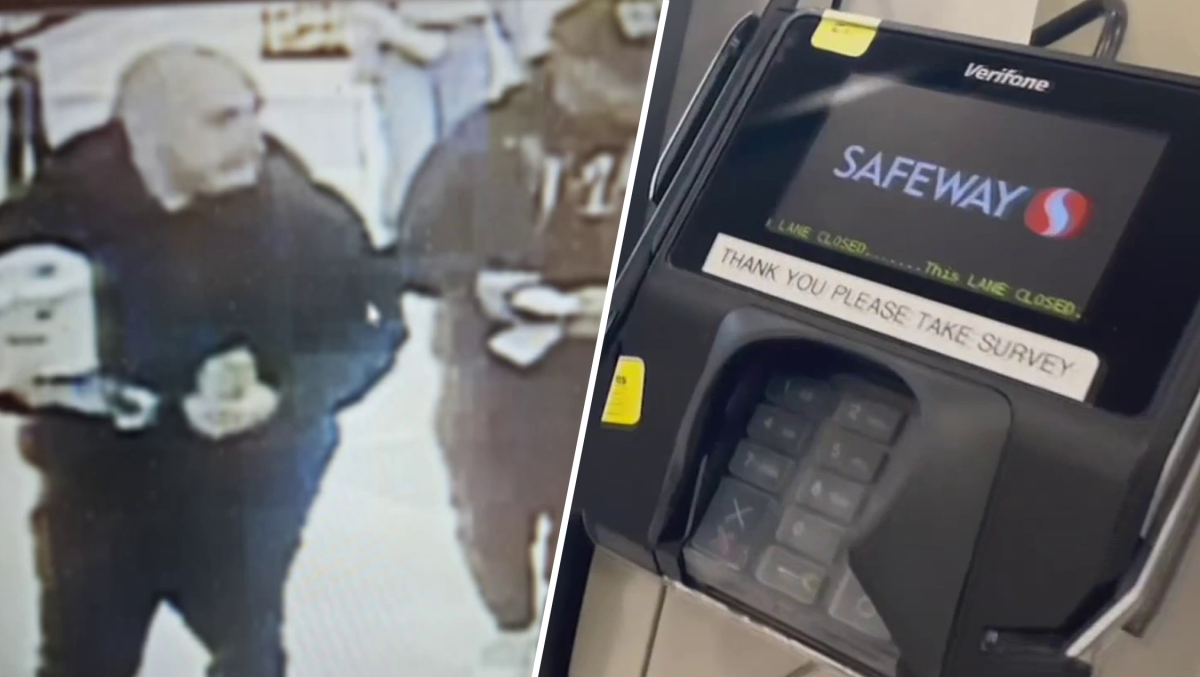The Commonwealth Transportation Board unanimously approved a plan Wednesday to allow solo motorists to begin driving on Interstate 66 inside the Capital Beltway during rush hour if they are willing to pay a toll.
The highway is a key route for commuters in northern Virginia to the nation's capital. Currently, that stretch of road is restricted during rush hour to carpools of two or more. It is the only segment of the interstate highway system in the country where such a restriction exists, according to the Virginia Department of Transportation.
Under the plan, solo drivers could use the highway if they pay a variable toll estimated to average about $6 each way. Carpools can still drive for free.
The tolls would take effect in 2017.
The plan also sets aside money that could be used to widen eastbound I-66 if a future study determines it to be necessary.
Gov. Terry McAuliffe, a Democrat, has supported the plan as a step toward relieving the region's traffic congestion. Variable tolls have been implemented on the 495 Express Lanes as well as on Interstate 95.
In last month's elections, Republican candidates attacked the plan, noting that at times of peak congestion, a motorist might have to pay as much as $17 each day for a round-trip commute.
Local
Washington, D.C., Maryland and Virginia local news, events and information
Supporters of the plan said the opposition was misleading. Those who don't want to pay the tolls can take alternate routes, just as they are required to do now when the highway is restricted to carpool use only.
"It is opening up an opportunity that doesn't now exist," Transportation Secretary Aubrey Layne said during Wednesday's meeting.
By 2040, VDOT estimates that the changes will move an additional 40,000 people through I-66 and the parallel roads of U.S. 29 and U.S. 50 each day. Currently those roads carry an average of 334,000 people a day, according to VDOT.
A group opposed to the plan is turning to lawmakers to halt it.
"We see this, in essence, as a commuter tax for the privilege of using 66 in Arlington County," said Greg Scott of The 66 Alliance.
"They're going to end up making the road more congested for those of us that already use it and have been using it for years," he added.
The Commonwealth Transportation Board believes the changes will make for a smoother commute.
“They can just make that choice to pay if they’re single occupant, otherwise they can use the road as they’ve done in the past," Layne said.
The uproar over the plan did result in some modifications. During the morning rush, tolls will be implemented only on the inbound lanes. In the evening rush, the tolls will only be imposed on the outbound lanes. The original proposal called for tolls in both directions during rush hour.
Carpools of two or more will be allowed to use the lanes for free until 2020, when plans call for increasing the carpool minimum to three.
Separate plans are in place to expand Express Lanes on I-66 outside the Beltway as well.
The state expects to generate $18 million in toll revenue in 2018, the first year in which tolls will be fully implemented. The money can be used to support mass transit options on the I-66 corridor, as well as the possible widening of eastbound I-66.



